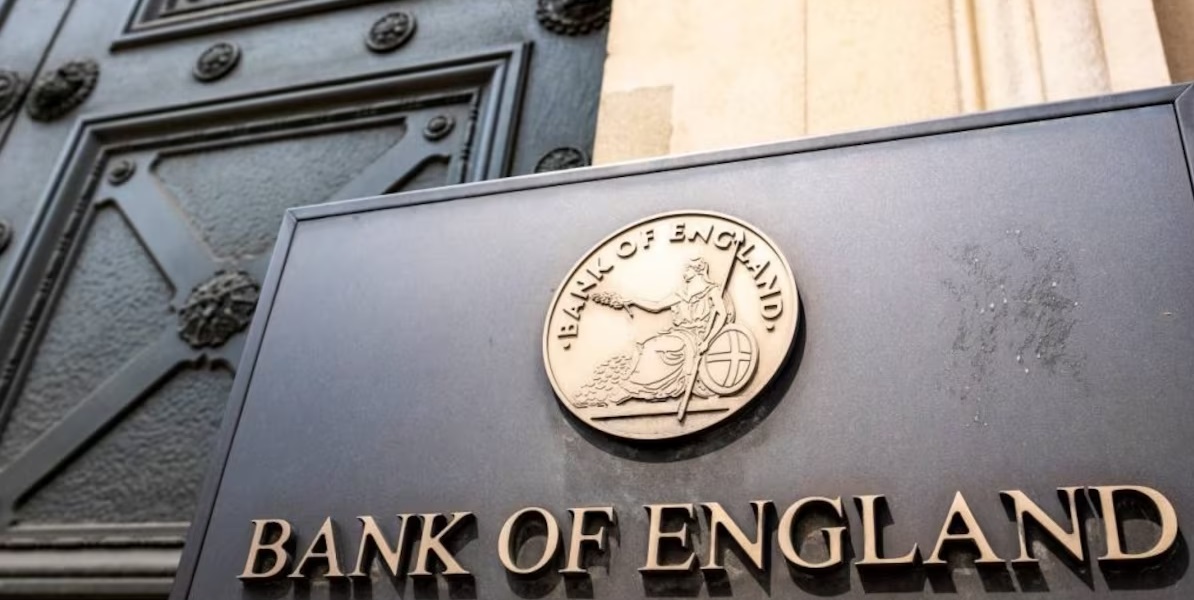The financial landscape is undergoing a profound and rapid transformation, shaped by technological advancements, regulatory changes, and shifting consumer expectations. This dynamic environment presents both challenges and opportunities for individuals, businesses, and regulators alike. As traditional financial paradigms are reimagined and new players emerge, understanding and adapting to these changes becomes crucial. This article explores the key drivers of change in the financial landscape, their implications, and strategies for thriving in this new era of finance. Here is what Scott Tominaga has to say.
Technological Disruption
Fintech Innovation
Financial technology, or fintech, companies are at the forefront of reshaping financial services. Leveraging technologies such as blockchain, artificial intelligence (AI), and big data analytics, fintechs offer innovative solutions that challenge traditional banking models, from mobile payments and peer-to-peer lending platforms to robo-advisors and digital currencies.
Digital Banking
Digital banking has become the new norm, with traditional banks and new entrants offering digital-first banking experiences. The emphasis is on convenience, speed, and personalized services, pushing the boundaries of what consumers expect from their financial service providers.
Regulatory Evolution
Global Financial Regulations
In response to the financial crisis and the rapid growth of the fintech sector, regulatory frameworks worldwide are evolving. Regulations like PSD2 in Europe, promoting open banking and increased competition, and GDPR, focusing on data protection, are reshaping the operational landscape of financial services.
Compliance and Risk Management
As the financial landscape becomes more complex, compliance and risk management have taken center stage. Financial institutions are investing in advanced risk management frameworks and compliance technologies to navigate the intricate web of global and local regulations.
Changing Consumer Expectations
Demand for Personalization
Today’s consumers expect financial services to be tailored to their unique needs and lifestyles. Personalization, driven by data analytics and AI, allows financial service providers to offer customized products, advice, and experiences.
Increased Focus on Sustainability
There is a growing demand for sustainable and socially responsible financial products. Consumers and investors are increasingly considering environmental, social, and governance (ESG) factors in their financial decisions, prompting institutions to integrate sustainability into their business models.
The Rise of Decentralized Finance
Decentralized finance (DeFi) represents a paradigm shift towards an open, permissionless, and transparent financial system built on blockchain technology. DeFi platforms offer a wide range of financial services, from lending and borrowing to trading and insurance, without the need for traditional intermediaries.
Implications and Strategies for Adaptation
Embracing Innovation
For businesses in the financial sector, embracing technological innovation is no longer optional. Investing in digital transformation, exploring partnerships with fintech companies, and fostering a culture of innovation are essential strategies for staying competitive.
Fostering Financial Literacy
As the financial landscape becomes more complex, financial literacy becomes increasingly important. Educating consumers about new financial products, services, and risks is crucial for fostering trust and enabling informed decision-making.
Prioritizing Cybersecurity
The digital nature of the evolving financial landscape brings cybersecurity to the forefront. Financial institutions must prioritize robust cybersecurity measures to protect sensitive data and maintain consumer trust.
Leveraging Data Responsibly
Data is a key asset in the new financial landscape, driving personalization and innovation. However, institutions must navigate the delicate balance between leveraging data for business insights and respecting consumer privacy and data protection regulations.
Conclusion
The financial landscape is evolving at an unprecedented pace, driven by technological innovation, regulatory changes, and shifting consumer expectations. Adapting to this new era requires a proactive approach, embracing change, investing in innovation, and prioritizing consumer trust and transparency. As we navigate this evolving landscape, the focus must be on leveraging opportunities for growth and innovation while ensuring financial stability, inclusivity, and sustainability for future generations.




